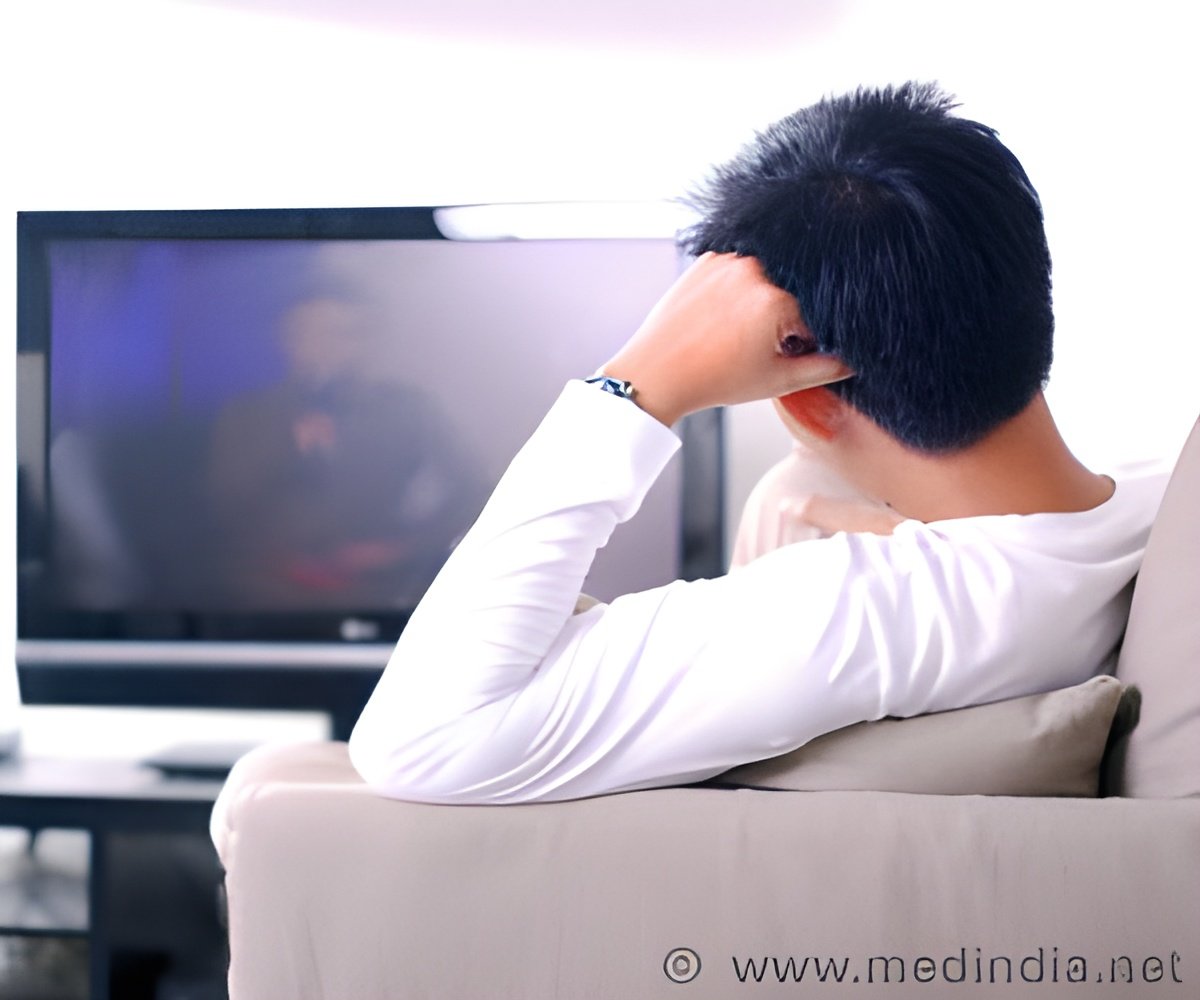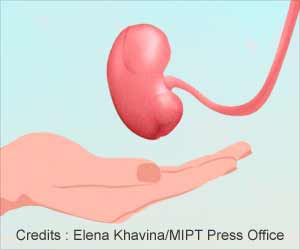How does seeing something dangerous on TV or social media influence our own decisions?. This study mainly focuses on the - impact this indirect exposure to threatening situations has on us.

‘Through this study, we can understand how seeing something dangerous on TV and being told that something dangerous changes our decisions. These decisions can sometimes be wrong if the information presented is wrong or outdated.’





It is easy nowadays to be exposed to unpleasant and threatening information, with accidents, terrorist attacks and natural disasters appearing, for instance, on TV, digital news sources and social media. Previous research has shown that individuals who have long exposure to news reports of a terrorist attack can develop psychological problems as serious as those afflicting people who experienced it first-hand. However, just how our actual behavior is affected by such indirect learning of danger has remained unknown.This has now been laboratory tested in a study conducted by researchers at Karolinska Institutet, University of Amsterdam and University of Zurich. The research shows that threat learning via video or orally can affect human behavior just as strongly as personal experience.
In the study, three groups of participants, totaling 120 individuals, initially learned which of two neutral images was "dangerous." The first group learned through the direct experience of an electric shock, the second by watching a film of someone receiving an electric shock when looking at the image, and the third by being given oral instructions on which image to associate with an electric shock. In other words, the participants in the social learning groups (observation and oral instruction) suffered no actual physical discomfort.
The participants were then asked to repeatedly choose between the two images. Their choice could result in an electric shock, their task being to receive as few shocks as possible.
For half of the participants, the choice of image that was "dangerous" during the first part of the experiment entailed the highest risk of electric shock. This meant that their previous learning was relevant to their decisions. For the other half, the choice of image that was not "dangerous" in the initial stage entailed the highest risk of shock. This meant that their previous learning was wrong.
Advertisement
"The study suggests that these social ways of obtaining information can strongly influence our decision-making, even to our own detriment," says lead author Björn Lindström, a researcher at Amsterdam University and the Department of Clinical Neuroscience, Karolinska Institutet.
Advertisement
The researchers also used computational models to show that the two types of social learning influence behavior through different learning mechanisms, possibly reflecting differences in underlying brain systems. Brain activity was not measured in the study, however.
Source-Eurekalert









